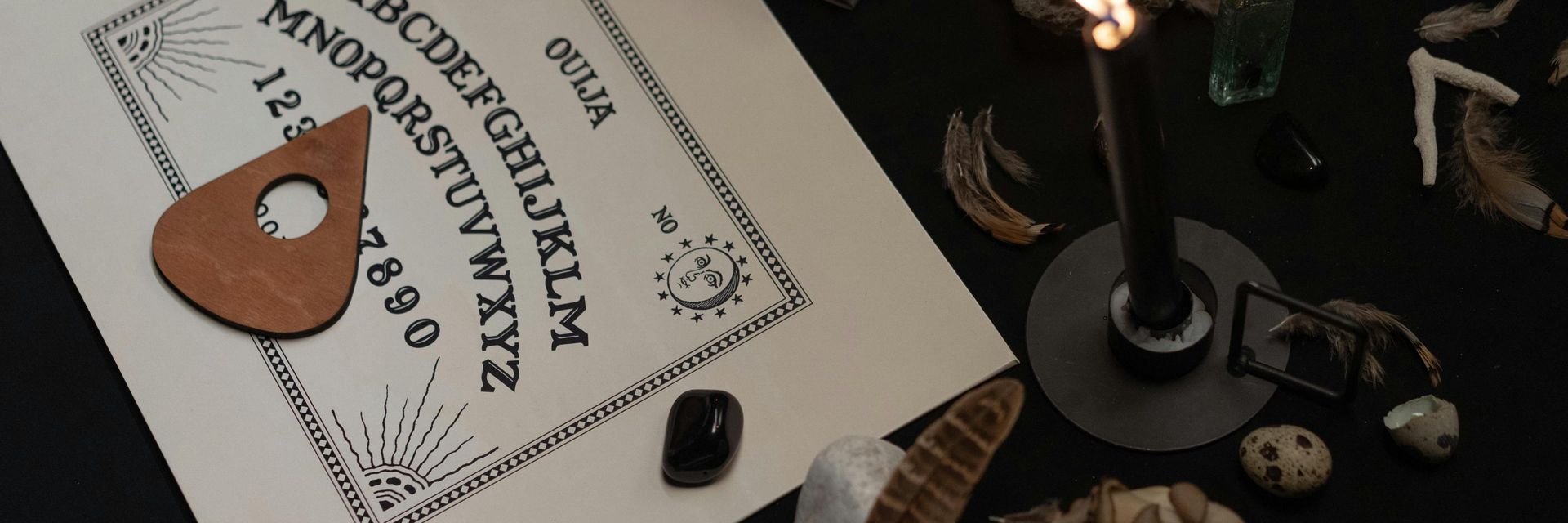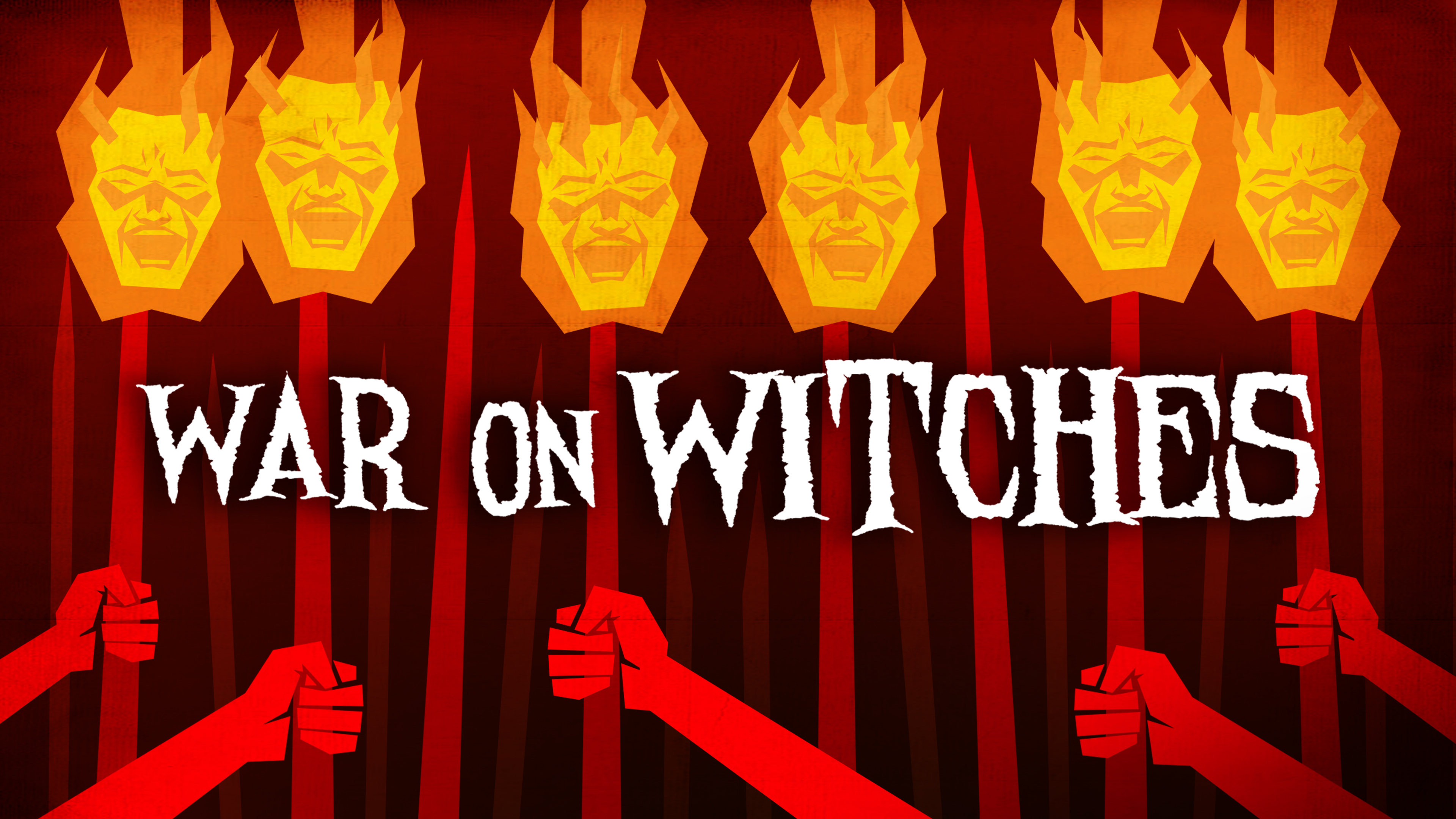Underlying the fun of Halloween celebrations lies a complex history of paganism and its reemergence in the contemporary world.
◊
Chances are, if you ask most people today what they know about paganism, or, more broadly, the occult, they might mention Ouija boards, seances, witches, or even Halloween. The terms, and our modern ideas about what they imply, have borne whole TV and movie franchises, having been increasingly depicted in popular media since the 1980s and ’90s – think The Sixth Sense, The Exorcist, Buffy the Vampire Slayer, Charmed, The Craft . . . the list goes on and on. Retail giants, too, have hopped on what has proved to be a profitable trend: one need only walk into their nearest Urban Outfitters and pick up a “zodiac crystal candle” or a tarot deck to know this is true.
The picture painted by these media isn’t always flattering, nor is it very informative. The kinds of vaguely witch-related products sold everywhere from Sephora to the Dollar Tree have historically been unpopular among practitioners of Wicca, and of course, just watching a witchy Halloween classic will not provide you with any real understanding of the oft-mentioned “occult” or “pagan” rituals. For all you’d know, these terms might be one and the same!
In the 16th century, Europe was gripped by mass hysteria concerning the supposed activities of “witches.” Learn about that history in this illuminating MagellanTV documentary.
Defining the Unseen
In fact, the terms do have their own distinct meanings. “Occult” is the broader of the two, and originates from the Latin word “occultus,” meaning “hidden from view.” Today, it’s a broad term that refers generally to phenomena involving the supernatural, or forces unseen, especially outside of the major religions: examples include divination, magic, astrology, and seances with the dead.
While Pagans may engage with occult activities, the term “pagan” has its own distinct, slightly less broad meaning. It also has a slipperier, less agreed-upon definition than “occult”: Depending on where you look, its meaning can range from incredibly general to very specific. The Merriam-Webster Dictionary offers a broader definition of the term, calling it “spiritual beliefs and practices other than those of Judaism, Islam, or especially Christianity,” while the Cambridge Dictionary goes further and specifies that “pagan” refers to “a religion that worships many gods, especially one that existed before the main world religions.” Britannica goes further yet, introducing some history into its description of the term:
Paganism [is a] Christian term used to designate those religions that do not worship the God of Abraham, the figure central to both Christianity and to other Abrahamic religions like Judaism and Islam. Christians have used the terms paganism and pagan, which typically carry pejorative connotations, to draw clear distinctions between themselves and those who they believe are worshiping false gods. Throughout most of the history of Christianity, few if any of those labeled pagan have adopted this label for themselves. However, since at least the first half of the 20th century, the term has been reappropriated as a self-designation by a family of related new religions. Often called modern Pagan or Neo-Pagan groups, they are inspired by the religions of Europe, North Africa, and West Asia that were rendered extinct by the spread of Christianity and the other Abrahamic traditions.
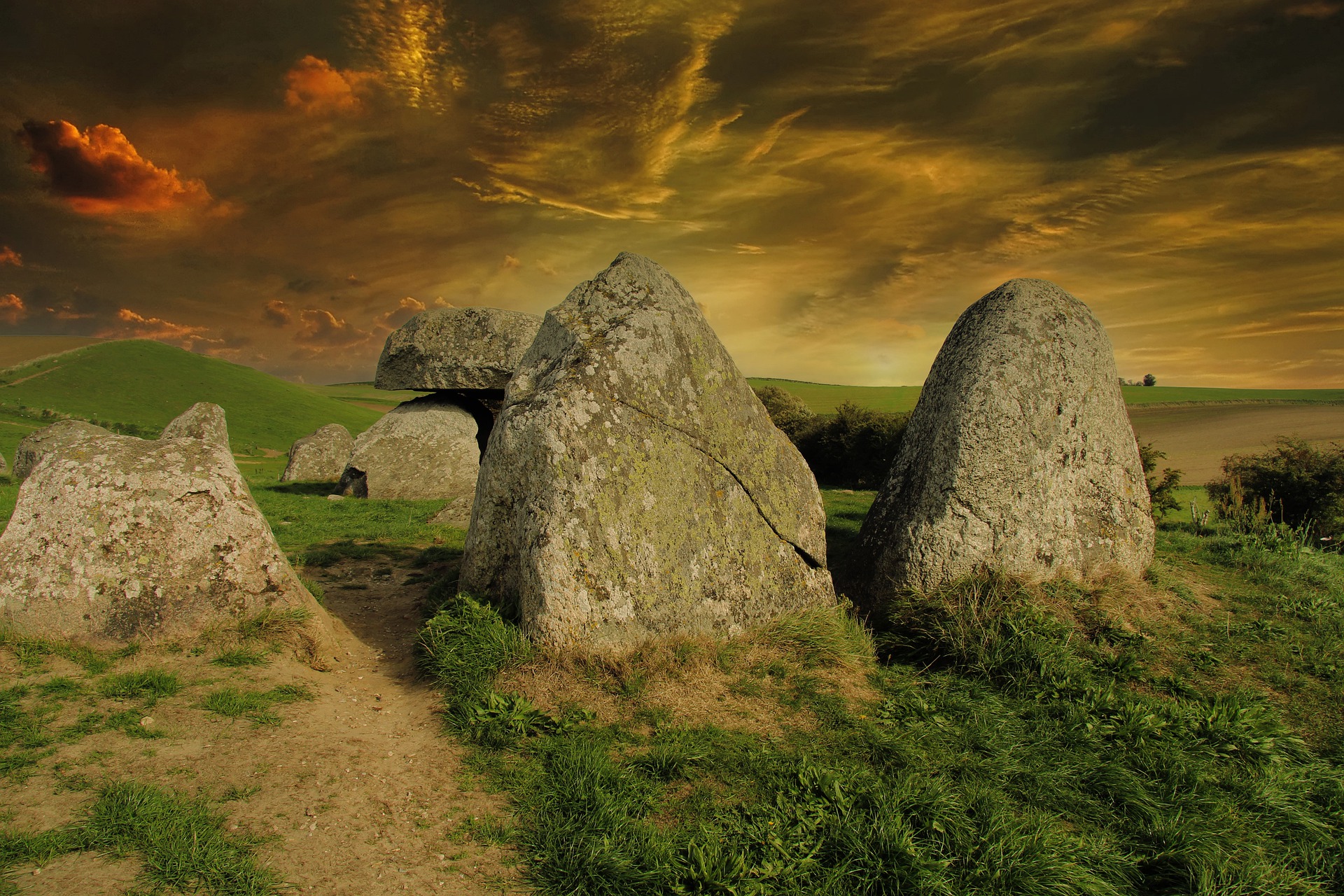 (Credit: Pete Linforth, via Pixabay)
(Credit: Pete Linforth, via Pixabay)
Brittanica’s definition makes the important distinction that “pagan” was not a term introduced by pagans themselves, but in fact by Christians looking to distinguish themselves from those engaging with older belief systems. John D. Niles, author of The Handbook of Religions in Ancient Europe, explains that, for this reason, even the term “paganism” itself could be considered a misrepresentation of the past. He writes,
Such terms derive from the writings of early Christian authors who wished to distance themselves from those who were indifferent to Christ by characterizing them as practising a rival religion analogous to their own. Finding apt terms to refer to the pre-Christian religious beliefs and practices of the Anglo-Saxons remains a challenging task.
The fact that a word for “religion” is lacking in the lexicon of the early Germanic peoples of Europe is perhaps a tell-tale one. Those people may have cultivated a variety of religious beliefs and practices, only some of which had to do with the worship of gods. Since power was not centralized, religious practices would have varied from place to place. Moreover, many of the religious ideas of the early Germanic peoples were probably compounded, in syncretistic fashion, from yet more ancient ones.
Perhaps it says something important about modern paradigms of spirituality that so many of us would simply assume Paganism to be a religion in the modern sense. In fact, the Abrahamic religions instigated a significant shift in the way we think about spirituality and religion. Today, it seems like a given that religions are centralized, primarily having to do with God-worship, and relatively consistent from place to place. Most religions today involve some central text, a powerful God figure, and, overall, certain central moral tenets that followers adhere to. The same is not necessarily true of ancient paganism, and pre-Christian spirituality generally. Religion has not always looked the way it does today!
Modern Paganism
The story is different, however, for modern and Neo-Pagans. While it is true that ancient paganism may not have been exactly what we consider a religion today, modern Pagans do practice a version of these belief systems that is more in line with current ideas about religion. These modern religions take inspiration from the extremely wide variety of pagan beliefs that existed prior to the proliferation of the Abrahamic religions. When referring to those ancient belief systems, “pagan” is, after all, essentially an umbrella term, covering, perhaps even obscuring, the huge interacting variety of localized spiritualities that existed across Europe. (Indeed, contemporary sources tend to approve capitalizing “Pagan” and “Paganism” in modern references but not in ancient contexts.)
Modern Paganism, in contrast, has more defined boundaries between belief systems. For example, Wicca is distinct from Heathenism which is distinct from Druidry, all of which are only some of the many kinds of Paganism that exist and are practiced today. At the same time, modern Paganism is still less structured than most major religions: According to Helen A. Berger, an expert on Wicca from Brandeis University, Wicca “lacks a formal institutional structure such as a church and puts more emphasis on ritual and direct spiritual experience than belief. Adherents refer to themselves as practitioners, not believers. . . . Wiccans have one overriding rule, ‘Harm none and do as you will,’ and no single religious text that they draw beliefs from. Most Wiccans practice alone and are free to develop their own unique practice.”
While modern Paganism surely has been influenced by current religious paradigms, it still provides a uniquely open, individualistic approach to spirituality. After all, “No two pagans seem to agree on the same definition [of Paganism]”, says Iqbal Ahmed, the creator of a short documentary about Pagans in southern California.
So what do these modern Paganisms actually look like, and what are their histories? Part of the answer is that it depends on what regional, pre-Christian version of spirituality they draw their inspiration from.
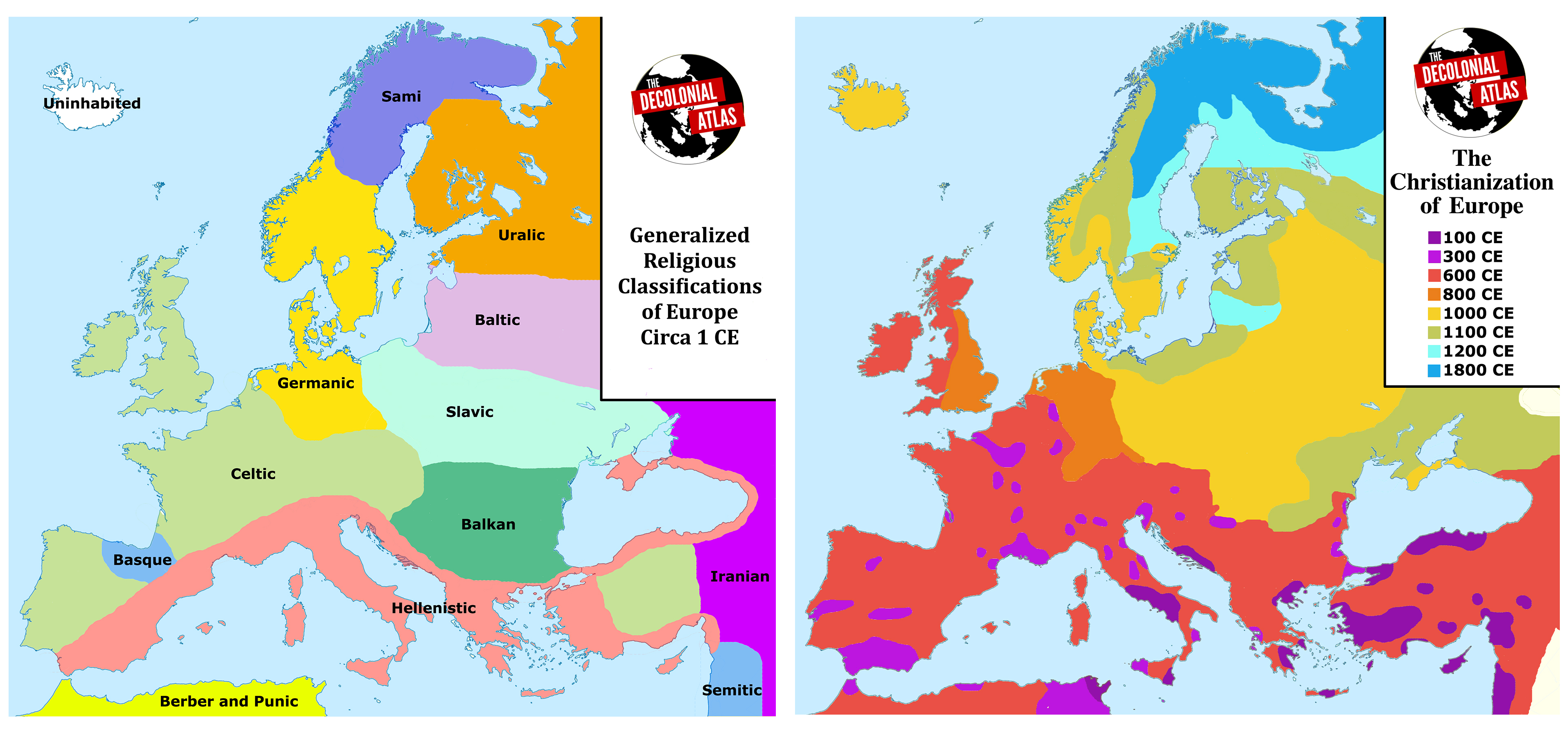 [1] Map depicting the spread of pre-Christian religions in Europe, and [2] Map depicting the timing of Christianization throughout Europe.
[1] Map depicting the spread of pre-Christian religions in Europe, and [2] Map depicting the timing of Christianization throughout Europe.
Many current forms of Paganism can be distinguished by the regional beliefs they draw on. Druidry, for example, draws on ancient Celtic beliefs, while Heathenry draws on ancient Germanic beliefs.
Wicca Emerges in the 1950s
To get a better understanding of neo-paganism generally, it might help to take a closer look at its most well-known example: Wicca. Although Wicca references ancient European pre-Christian beliefs, its modern incarnation actually originated in the U.K. in the 1940s, largely based on the writings of Gerald Gardner. Gardner created the modern Wiccan calendar of celebrations and holidays, drawing together festivals from various traditions, and published Witchcraft Today in 1954. Although the book was the subject of much controversy at the time, Gardner biographer Philip Heselton ays, “There were headlines about lurid rites and evil black magic but, in actual fact, quite a lot of people saw through it. He got lots of letters as a result of that, which helped him enormously.”
An excellent history of both ancient versions of Wicca and Gardnerian Wicca can be found in The Triumph of the Moon: A History of Modern Pagan Witchcraft, Ronald Hutton’s 1999 Oxford University Press–published book. In the preface, Hutton writes, “Indeed, the central argument of [this] book is that far from being an unusually exotic and bizarre response to specific problems of the late twentieth century, it represented a distillation of certain notions and needs which had been developing in Western Europe, and in England in particular, since the eighteenth. If it is the child of any single phenomenon, then it is the belated offspring of the Romantic movement.”
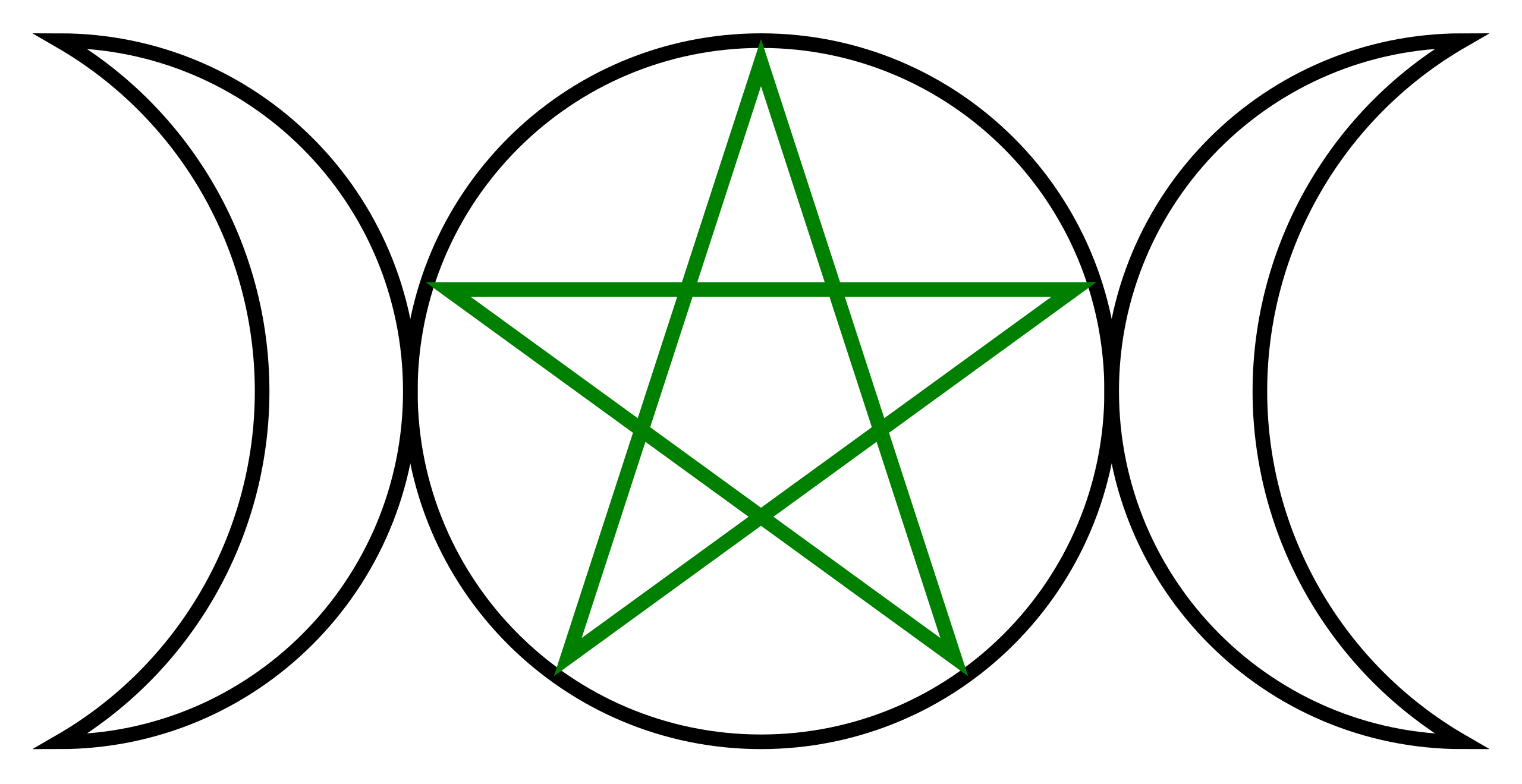 Wiccan symbol of the Goddess with the Pentagram (Source: Wikimedia Commons)
Wiccan symbol of the Goddess with the Pentagram (Source: Wikimedia Commons)
The 21st Century Ascendance of the Witch
If Wicca emerged in the mid-20th century as a microcosm of the cultural needs of that time, perhaps its recent re-emergence indicates something similar. In 2019, The New York Times famously asked, “When Did Everybody Become a Witch?” This question wasn’t based on nothing: Paganism, Wicca in particular, has shown record growth since the ’90s. According to Sangeeta Singh-Kurtz and Dan Kopf in Quartz:
From 1990 to 2008, Trinity College in Connecticut ran three large, detailed religion surveys. Those have shown that Wicca grew tremendously over this period. From an estimated 8,000 Wiccans in 1990, they found there were about 340,000 practitioners in 2008. . . . Although Trinity College hasn’t run a survey since 2008, the Pew Research Center picked up the baton in 2014. It found that 0.4% of Americans, or around 1 to 1.5 million people, identify as Wicca or Pagan – which suggests continued robust growth for the communities.
For reference, this 1.5 million people, if accurate, would mean there are more Wiccans (and perhaps pagans generally, given the vague terms used in the survey) than members of the Mainline Presbyterian church.
A quick glance at recent headlines, marketing, and social media will quickly tell you that all sorts of alternative spiritualities have exploded in popularity in recent years: from astrology to witchcraft to tarot. One important factor to consider here is the decline of traditional religion: Many egalitarian Millennials and Gen Zers may find themselves disillusioned with the hierarchical, prescriptive nature of many more traditional religions, and might be looking for an alternative form of spirituality to fill the void. The same Pew study that found Wiccans/Pagans to make up 0.4 percent of religious Americans also observed, “By 2050 the number of Americans practicing ‘other religions’ – faiths outside Judaism, Christianity, Islam, Hinduism and Buddhism – would triple due largely to switching into other religions (such as Wicca and pagan religions).”
It’s also been suggested that our particularly uncertain times might have an influence on rising numbers of Wicca practitioners. Not only does Wicca put specific emphasis on the ties between humans and nature, which could represent a soothing balm for some in a world besieged by climate change, but it also empowers practitioners to take change into their own hands through spells and rituals.
Clearly, Paganism represents so much more than contemporary media depictions might imply. Far more than a spooky relic of Puritan name-calling or a Halloween caricature, witches and paganism have a storied and complicated history in the West, deeply entangled with the anxieties, infatuations, and needs of its history. Paganism has been central to culture all along – and not just on Halloween!
Ω
Sari Wagner is a contributing writer for MagellanTV. Originally from Philadelphia, she is a graduate of Kenyon College with a degree in neuroscience and studio art. She is passionate about demystifying the mystical, and bringing complex subjects back down to earth.
Title Image credit: cottonbro studio, via Pexels
